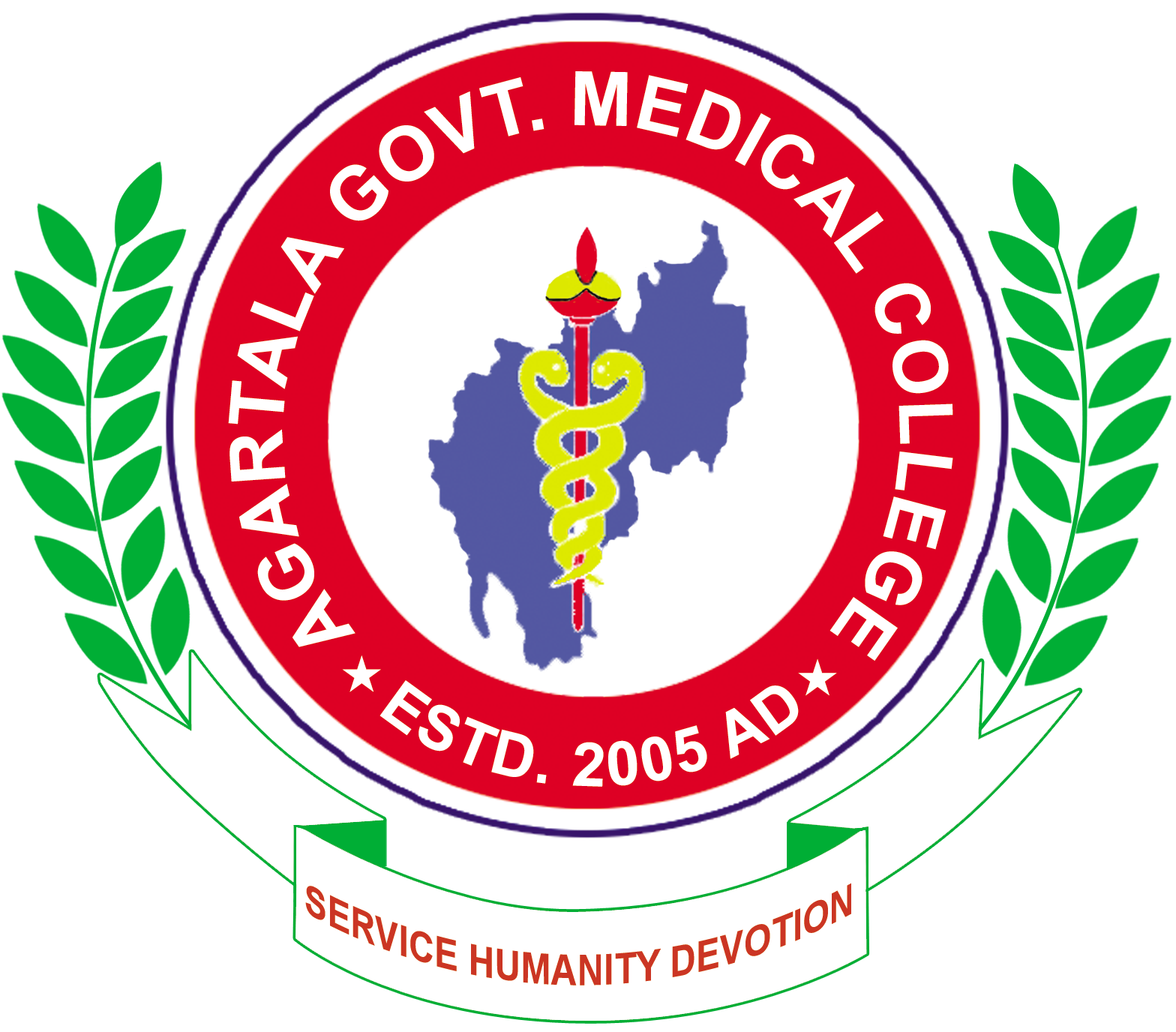DEPARTMENT OF CASUALTY (EMERGENCY MEDICINE)
The Department of Casualty, also known as Emergency Medicine, at AGMC is dedicated to providing immediate and effective care for patients experiencing acute medical conditions and emergencies. The department is equipped to handle a wide range of urgent health issues, ensuring timely intervention and stabilization of patients in critical conditions.
1. Academic Curriculum
The department offers education and training for undergraduate (MBBS) and postgraduate (MD Emergency Medicine) students. Key areas of study include:
- Emergency Care: Principles and practices for managing acute medical conditions, including trauma, cardiac emergencies, and respiratory distress.
- Trauma Management: Assessment and treatment of traumatic injuries, including fractures, head injuries, and internal injuries.
- Cardiac Emergencies: Diagnosis and management of acute cardiac conditions, such as myocardial infarction and arrhythmias.
- Respiratory Emergencies: Management of severe respiratory conditions, including asthma exacerbations, chronic obstructive pulmonary disease (COPD) flare-ups, and pulmonary embolism.
- Pediatric Emergencies: Specialized care for children experiencing acute medical conditions and emergencies.
- Toxicology: Management of poisoning and drug overdoses, including the use of antidotes and supportive care.
- Disaster Medicine: Preparation and response strategies for large-scale emergencies and disasters.
2. Clinical Services
The Department of Casualty provides a comprehensive range of clinical services:
- Emergency Department (ED): 24/7 service for immediate assessment, diagnosis, and treatment of acute medical conditions.
- Trauma Care: Rapid evaluation and treatment of traumatic injuries, including stabilization and preparation for surgical intervention if necessary.
- Critical Care: Management of patients requiring intensive monitoring and treatment, including those with severe medical or surgical conditions.
- Urgent Care: Evaluation and treatment of non-life-threatening conditions that require prompt medical attention.
- Pediatric Emergency Care: Specialized care for acute pediatric cases, including emergency procedures and stabilization.
3. Faculty
The department is led by experienced emergency medicine professionals who provide education, clinical care, and leadership:
- Head of Department (HOD): Dr. [Name], MD (Emergency Medicine), specializing in [specialization], leading the department’s emergency care services and educational programs.
- Senior Faculty Members: Experts in various aspects of emergency medicine, including trauma care, critical care, and pediatric emergencies.
4. Workshops, Seminars, and Conferences
The department organizes educational events to advance knowledge and skills in emergency medicine:
- Workshops on Emergency Procedures: Hands-on training in critical emergency techniques, such as intubation, resuscitation, and wound management.
- Seminars on Emergency Care: Discussions on current trends, case studies, and innovations in emergency medicine.
- Conferences on Trauma and Critical Care: Exploration of new research, technologies, and best practices in trauma and critical care medicine.
5. Facilities and Resources
The Department of Casualty is equipped with state-of-the-art facilities:
- Emergency Department: Equipped with advanced diagnostic tools, monitoring equipment, and treatment facilities for acute care.
- Trauma Bay: Specialized area for the rapid assessment and management of traumatic injuries.
- Resuscitation Area: Dedicated space for the immediate stabilization and treatment of critically ill patients.
- Pediatric Emergency Unit: Area specifically designed for the care of children in emergency situations.
- Diagnostic Imaging: On-site imaging services, including X-ray, ultrasound, and CT scans, for rapid diagnostic evaluation.
6. Research and Publications
The department is actively involved in research to improve emergency care and management:
- Emergency Medicine Research: Studies on new treatment protocols, patient outcomes, and innovations in emergency care.
- Trauma and Critical Care Research: Investigation into effective trauma management techniques and critical care practices.
- Publications: Faculty members contribute to scientific journals and conferences with research findings and clinical insights.
7. Student Involvement
Students are actively engaged in practical training and research:
- Clinical Rotations: Hands-on experience in the emergency department, including patient assessment, treatment, and stabilization.
- Research Projects: Opportunities to participate in research related to emergency medicine and trauma care.
- Educational Activities: Involvement in workshops, seminars, and case discussions to enhance understanding of emergency medicine practices.
8. Community Outreach Programs
The department is committed to improving emergency care and preparedness through outreach initiatives:
- Emergency Preparedness Training: Providing education and training on first aid, CPR, and emergency response for community members.
- Disaster Response Drills: Organizing drills and simulations to prepare for large-scale emergencies and disasters.
- Health Camps: Conducting community health camps to provide basic emergency care and medical education.
9. Future Directions
The Department of Casualty at AGMC aims to:
- Enhance Emergency Services: Invest in advanced technologies and improve emergency care processes.
- Promote Research and Innovation: Foster research in emergency medicine to advance patient care and treatment methods.
- Expand Community Outreach: Increase outreach programs and educational initiatives to enhance emergency preparedness and response.
- Advance Education and Training: Develop new educational programs and training opportunities to stay current with advancements in emergency medicine.


